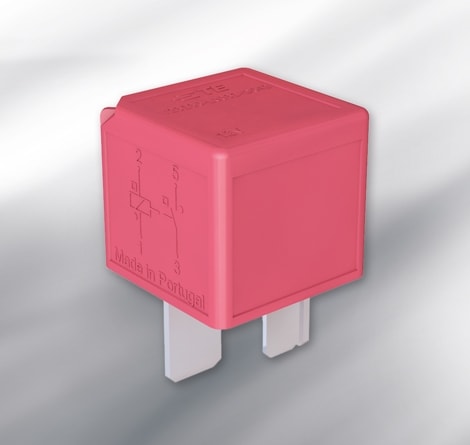
Bistable relays: Reduce power consumption over extended durations
A latching relay is a two-position electrically actuated switch that maintains either contact position indefinitely without any power being sent to the coil and is a perfect choice to reduce the power consumption of a system. In contrast to unlatching (monostable) relays, our automotive latching relays (bistable) only need a short pulse of energy applied to the coil to change the switching state. It is not necessary for power to remain applied to maintain the switched state. This means that power consumption is significantly reduced, especially for applications that must remain switched on over a long period of time.
Latching relays offer several advantages over monostable (non-latching) variants. The decreased coil power requirement in latching relays translates to a reduced temperature rise. This means that at the same ambient temperature, a latching relay can conduct higher continuous current than a monostable relay. If a latching relay and a monostable relay are carrying equal continuous currents, the latching relay may be used at higher ambient temperatures. In addition, the vehicle’s energy consumption and CO2 emissions are considerably reduced. Latching relays are also used in applications, which are activated, when the engine is off. These relays can protect the battery by disconnecting power outlets when the state of charge becomes critical. Latching relays are available as one and two coil versions.
